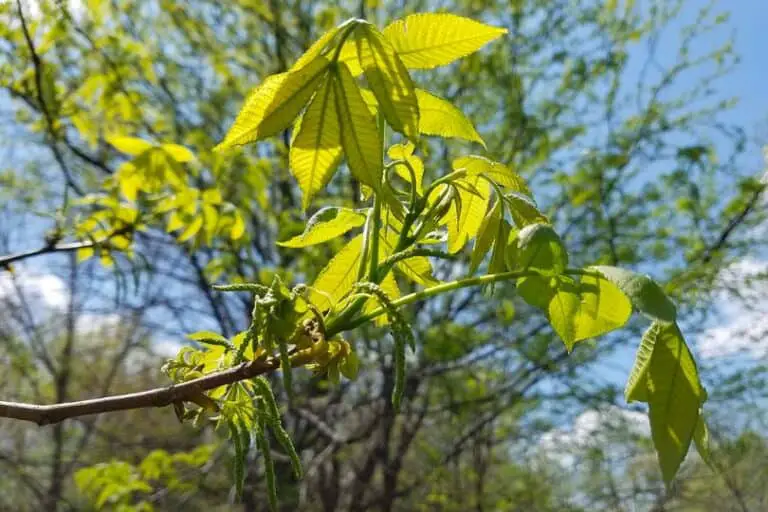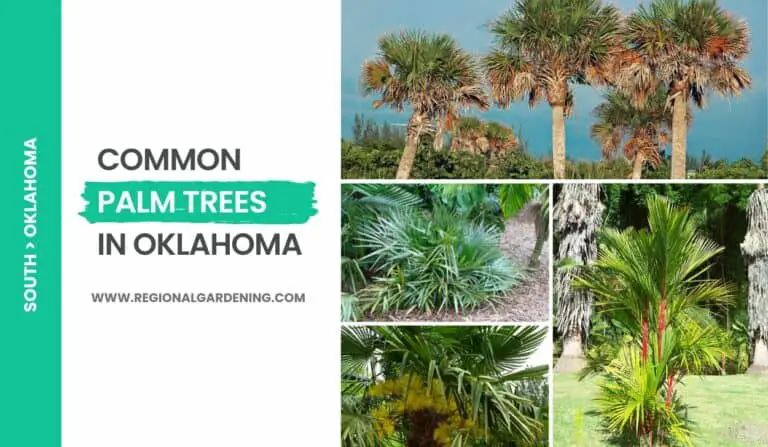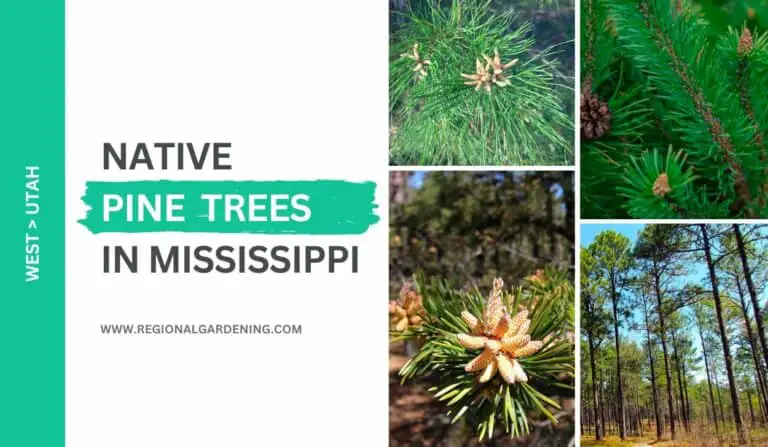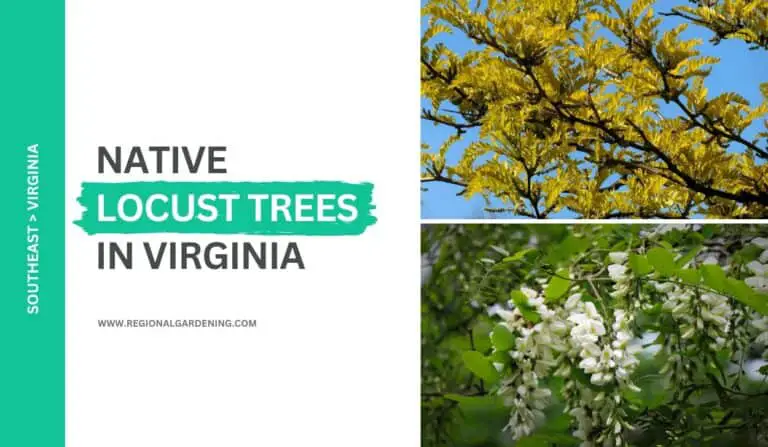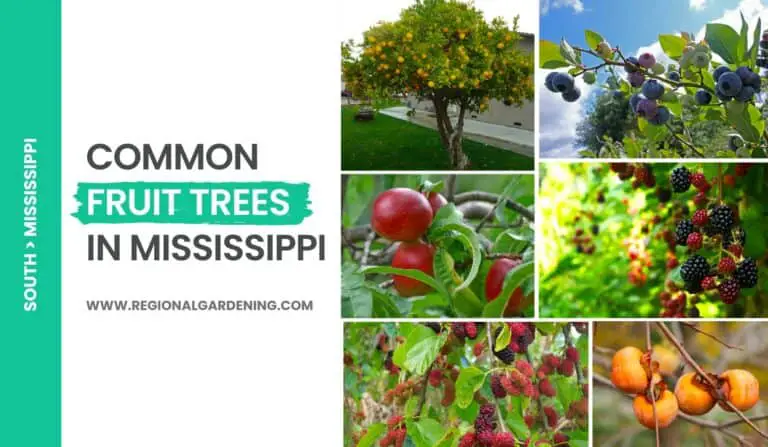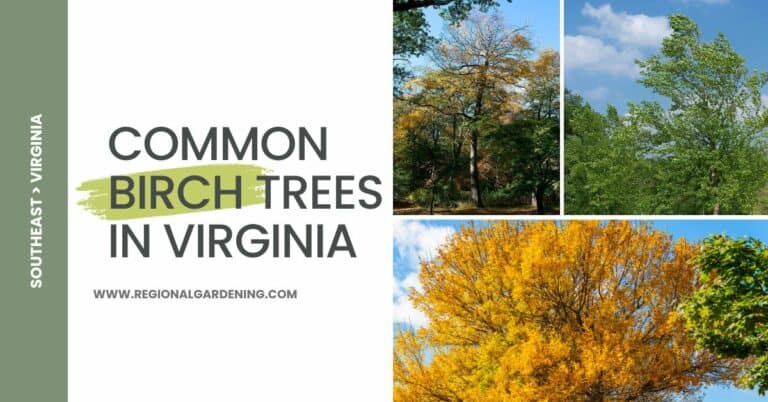Native Cedar Trees In Georgia (2 Types You Should Know)
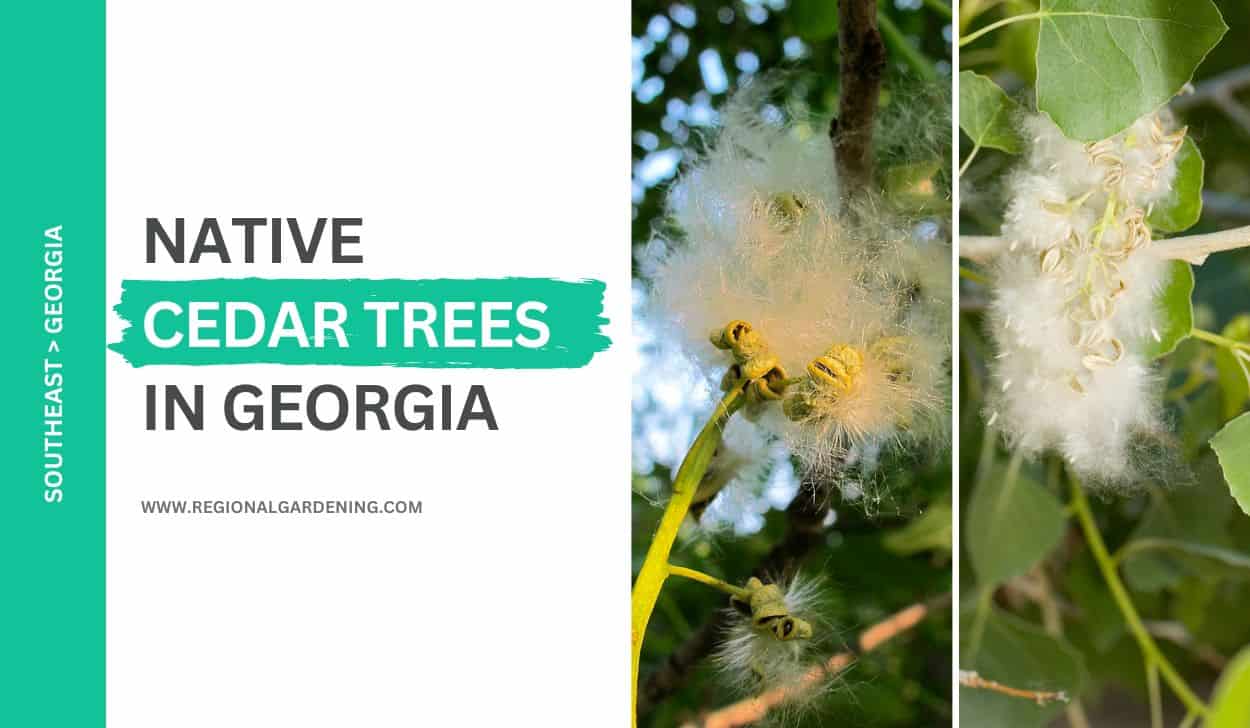
If you live in the southeastern United States, cedar trees are not uncommon. And, if you drive across the country, you’ll notice a massive grove of cedar trees lining the road.
But have you ever wondered if all of those trees are the same? Or are there different kinds? Cedar trees come in a few different species, and in Georgia, you can see two of them.
In this article, I will walk you through two of the native cedar trees in Georgia along with high-quality pictures and detailed descriptions that will help you identify them next time. Keep in mind that although they share the name “cedar,” one of them is not a true cedar.
So, let’s get started.
1. Eastern Red Cedar
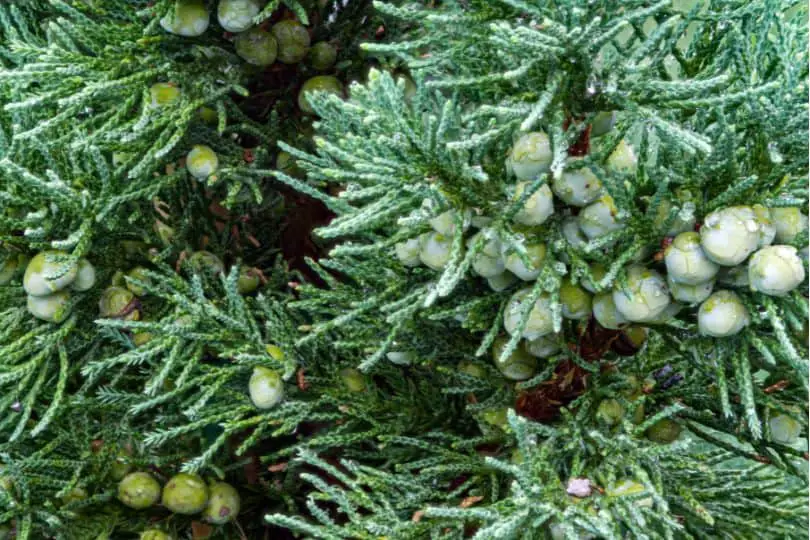
- Common Name: Red Cedar
- Scientific Name: Juniperus virginiana L.
- Mature Height: 40 to 50 feet
- Native/Non-Native: Native to Georgia, USA
- Flowers/Cones: Berry-like fruits that are dark blue
- Uses: Fence posts, pencils, chests, wooden pails, interior finish, pet bedding, closet lining, novelties
The Eastern Red Cedar is a Georgian native that can reach heights of up to 50 feet. Unique to this tree are the two types of leaves it bears; both are opposite, scale-like, and measure only about a sixteenth of an inch in length.
The leaves are dark bluish-green, and on the mature branches, the leaves become pointed and extend outward. The berry-like fruits are tiny, measuring only a quarter to a third of an inch in diameter, and mature to a deep blue color. The fibrous, light-brown bark peels off in skinny scales.
The compact, pyramidal shape of this tree’s crown contributes significantly to its usefulness. Red cedar features thin, virtually white sapwood and a light, close-grained, fragile heartwood that is a dull, reddish red.
Fencing posts, pencils, chests, wooden buckets, interior finish, pet bedding, and closet lining can all benefit from the heartwood’s resilience and workability. Novelties like cedar chests also benefit from its use.
This tree is widespread across the state, but you won’t find it in the coastal plain unless you’re quite close to the ocean. On the limestone ridges of northwest Georgia, the Red Cedar tree thrives in great numbers.
2. White Cedar
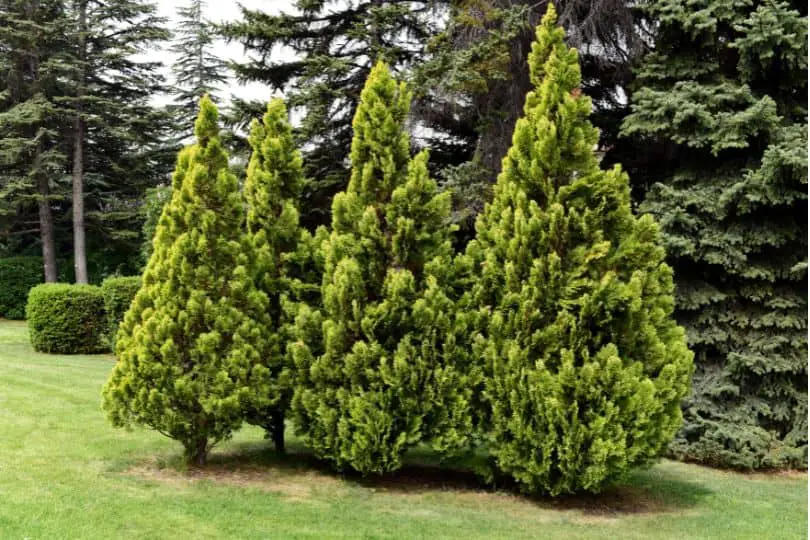
- Common Name: White Cedar
- Scientific Name: Thuja occidentalis
- Mature Height: 40 to 60 feet (12 to 18 meters)
- Native to: North America (including Georgia)
- Uses: Ornamental tree, Timber, fence posts, and boat building
White cedar trees are part of the cypress family, however, due to their resemblance to cedar trees, they are commonly called as white cedar. These are tall trees that can reach heights of 70–80 feet, and their slender, spire-like tops are easily recognizable.
The trunk is 2–4 feet in diameter, and the bark is a light reddish brown with narrow, flat ridges that are commonly twisted in a spiral pattern.
The tree’s leaves are blue-green and shaped like scales; they overlap and completely cover the slender, hanging branches. Small leaves, about the size of a pea, occur in four tiers. The tiny, dry fruit or cone ripens to a deep crimson brown.
White Cedar wood is strong and long-lasting when it comes into direct touch with the ground despite being lightweight, soft, and close-grained. It’s a ruddy buff color with a faintly floral aroma.
Fence posts, barrels, shingles, poles, boats, and canoes are just a few of the many uses for white cedar wood. It is also sometimes used as an interior coating.
Some states’ coastal plains are home to the only places where the natural White Cedar tree can be found. Locations in Georgia include the lower Savannah River valley, Talbot and neighboring counties, and the state’s far southern tip.
Native Cedar Trees in Georgia – Frequently Asked Questions (FAQs)
Let me answer some of the most commonly asked questions about native and common cedar trees in Georgia and surrounding regions.
Are there cedar trees in Georgia?
Yes, there are cedar trees in Georgia. In fact, Georgia is home to two species of cedar trees: the eastern red cedar and the white cedar. Both cedar tree species are evergreen with fragrant wood and can be found growing in various habitats throughout the state.
Cedar trees are an important component of Georgia’s natural ecosystems, providing wildlife habitat and contributing to the region’s overall biodiversity. Furthermore, cedar wood is frequently used for a variety of commercial and decorative purposes, such as the manufacture of furniture, pencils, and ornamental items.
Are eastern red cedar and southern red cedar trees in Georgia the same?
No, even though they are both found in Georgia, eastern red cedar and southern red cedar trees are not the same species. The appearance, habitat preferences, and geographic distribution of the eastern red cedar (Juniperus virginiana) and the southern red cedar (Juniperus silicicola) differ.
The eastern red cedar is larger and more upright, whereas the southern red cedar is smaller and grows as a shrub or small tree. Eastern red cedars can be found throughout much of the state, whereas southern red cedars are more limited to the coastal plain. Despite their differences, both cedar tree species are vital components of Georgia’s natural ecosystems and provide significant ecological benefits.
Similar Articles
- Native Oak Trees in Georgia
- Native Pine Trees In Georgia
- Native Hickory Trees In Georgia
- Native Maple Trees In Georgia
- Native Tupelo Trees In Georgia
- Native Plum Trees In Georgia
- Native Magnolia Trees In Georgia
- Native Willow Trees In Georgia
- Native Ash Trees In Georgia
- Native Elm Trees In Georgia
- Native Dogwood Trees In Georgia
- Native Cottonwood Trees In Georgia
- Native Birch Trees In Georgia
- Common Purple Trees In Georgia
- Common Cypress Trees In Georgia
- Common Palm Trees In Georgia
- Common White Flowering Trees In Georgia
Sources
The Regional Gardening team makes sure that the information in our articles is accurate by only using sources that are known to be trustworthy. Some of these sources are peer-reviewed journals from government agencies, well-known universities, and scientific research organizations.
- Georgia Native Plant Society
- College Of Agricultural & Environmental Sciences, University Of Georgia
- Native Plants Books, Georgia Native Plant Society
- Georgia Forestry Commission
- Native Plants Of North Georgia, University Of Georgia
- Tree Care, Georgia Tree Council


